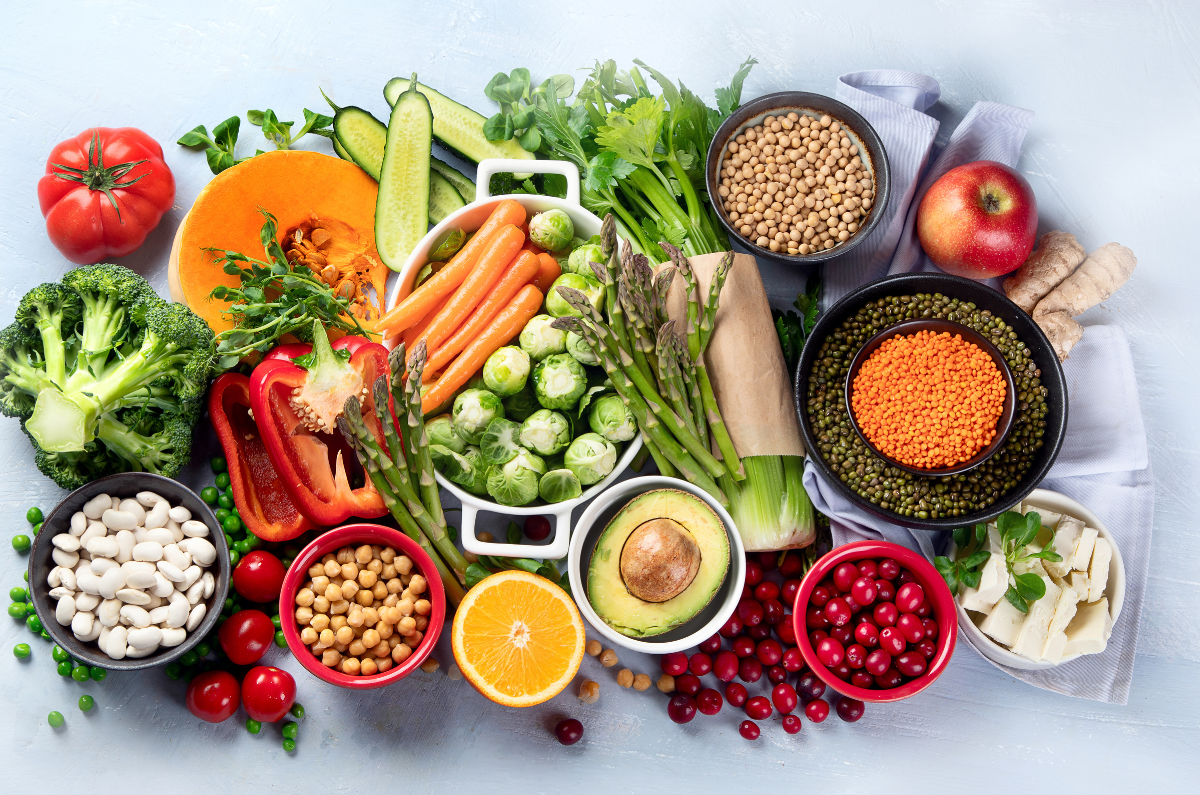Handy hints for eating well
July 2, 2024 by Musculoskeletal Health Australia

Do you feel like your diet has gotten away from you? Have you spent the first part of winter eating yummy, warm and kilojoule dense foods? Are your clothes starting to fit a little more snugly than you’d like? Now may be a good time to review your eating habits to make sure you’re eating as well as you can to improve your health, energy levels and mood.
Here are some handy hints to help you get started.
Seek advice. If you need help planning well-balanced meals, managing your weight, or finding simple and easy ways to prepare nutritious meals, talk with a dietitian for information and advice.
Make your meals colourful. Fruit and veggies fall into five different colour categories: red, purple/blue, orange, green and white/brown. And each one has unique disease fighting chemicals (phytochemicals). So when you’re making a meal, try and include as many colours as you can. It’s good for you, it looks appealing and tastes delicious!
Be cautious with food labels – light, lite, fat-free, reduced-fat, baked not fried…what’s it all mean? For a start it doesn’t necessarily mean the food is a healthier option. Lite and light may refer to the colour or taste – not the kilojoules. Low fat (less than 3% fat) or no fat (less than 1% fat) may have high levels of sugar. So take these claims with a grain of salt, and…
Read the nutrition panel. Understand the servings per package, and how big that serving size is. Check the number of kilojoules per serve, how much salt, sugar, fat is in each serve. And don’t forget to check out the ingredients list. Ingredients are listed in order from the largest quantity to the smallest. Be aware that fats, sugars and salt may be called something else – e.g. sugar may also be sucrose, glucose, fructose, honey, lactose, maltose, molasses, dextrose, golden syrup etc. Understanding the nutrition panel can be a little tricky when you first start, but it’ll soon become second nature. Check out the Eat for Health website for more information.
Be sceptical of the latest fad or celebrity diet. There seems to be a new one each week! If you need to lose or gain weight, talk with your doctor and get safe, practical advice and support. Don’t follow the latest diet you’ve seen online or in magazines. If it sounds too good to be true – I lost 20 kilos in just 2 weeks, you can too! – it probably is.
Prepare meals in advance. When your pain is under control, take some time to make extra meals that you can freeze and use when necessary. This way you’ll be eating meals you know are healthy, and not resorting to quick and easy takeaway foods or store-bought frozen meals – which are often high in fat, salt and/or sugar.
Talk with your doctor about supplements. If you think your diet is lacking some essential nutrients (e.g. calcium) talk with your doctor. Some people may need to take supplements if their diet is inadequate.
Join a group – if you need to lose weight and need information and support, think about joining a weight loss group. Sharing the journey with others who understand how you feel and the setbacks you may encounter can be extremely helpful.
Check out our recipes – These healthy and nutritious recipes have been created by our volunteers including an Accredited Practising Dietitian, a Master of Dietetics student and a Registered Clinical Nutritionist.
These are just a few tips to help you eat well and have a healthy diet. If you have some suggestions or want to share what you do, please let us know! We’d love to hear from you.
More to explore
We have some other articles that explore healthy eating and nutrition.








